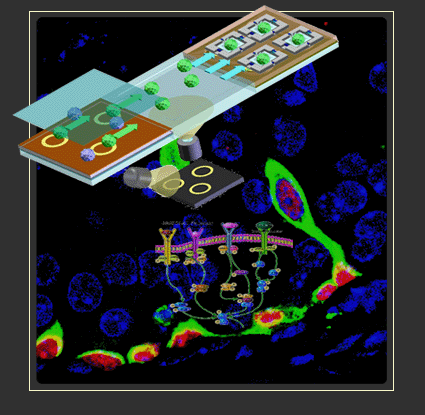A cell consists of millions of intracellular molecules, which serve as building blocks for its structure and functions. These interactions among these building blocks display the property of self organization which intrinsically serves as the foundation of the networks of signaling and regulatory pathways. It is through these intrinsically inter-connected networks that a cell, the basic unit of life, senses, responses and adapts its environment. These three characteristics (large number of building blocks, self-organization due to interactions and adaptation) are commonly observed in all complex systems. The Center for Cell Control is working on an unprecedented approach to first utilize systems control, with therapeutic intent, to determine the parameters for guiding the cell to a directed phenotype/genotype which will then be followed by in depth study, using nanoscale modalities, of the path by which this desired state is achieved. This approach will enable engineering systems that can be applied towards the regulation of a spectrum of cellular functions, such as cancer eradication, controlling viral infection onset, and stem cell differentiation.
|



